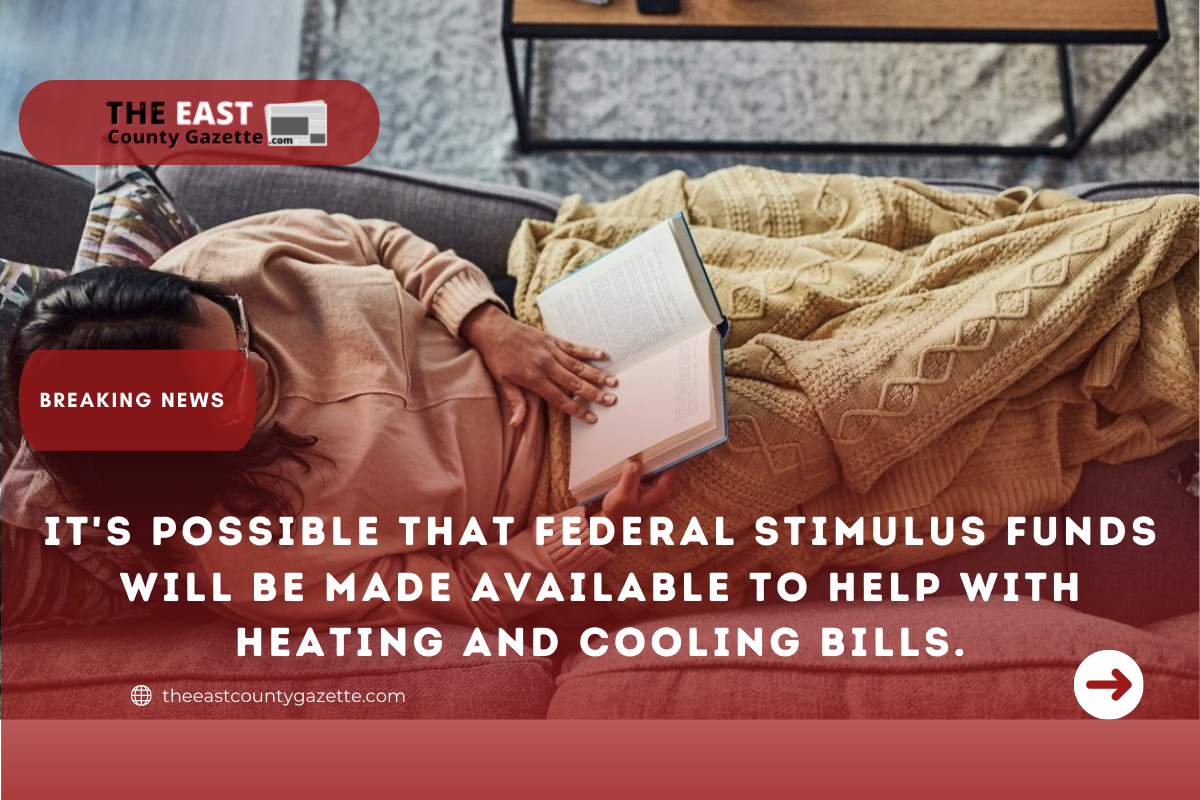The cost of your utilities may or may not be covered by your landlord if you are renting a house. When you own a home, you are responsible for all of the utility costs.

This is becoming increasingly difficult to do as energy costs continue to rise. However, it is not only the cost of utilities that is on the increase. Because of inflation, the overall cost of living has increased by an order of magnitude over the past several months.
As a result, many households are struggling to keep up with their bills — particularly those who live paycheck to paycheck and don’t have any money in a savings account to fall back on in an emergency.
Thanks to a new initiative currently in development, those who are struggling to keep up with their utility bills may soon have some breathing room to breathe again. And it could arrive at the most inopportune of moments.
An increase in the amount of aid
An existing program exists to assist low- and moderate-income households in paying their utility bills through a government-sponsored program. LIHEAP, or the Low Income Home Energy Assistance Program, is the name of the program.
Due to a lack of funding, the program is only able to assist approximately 16 percent to 18 percent of the families who would otherwise be eligible for assistance at the present time. Legislators are attempting to remedy the situation.
The Heating and Cooling Relief Act was introduced on January 20 by Senator Ed Markey and Representative Jamaal Bowman. According to the bill’s sponsors, it is intended to increase funding for LIHEAP so that more eligible households can receive the assistance they need to pay their heating and cooling bills.
This legislation comes at a critical juncture in history. Following the passage of the American Rescue Plan in March of last year, a round of $1,400 stimulus checks was deposited into bank accounts across the United States.
The Child Tax Credit was also increased as a result of that legislation, and half of it could be paid in monthly installments from July through December, rather than all at once.
However, at this time, there are no plans to make another round of broad-based stimulus checks available to the general public on a large scale.
And, while lawmakers have been battling to keep the expanded Child Tax Credit in place for another year, the legislation is currently awaiting a Senate vote — and appears to be heading nowhere.
It’s also possible that President Biden’s Build Back Better plan, which would allow the enhanced Child Tax Credit to be extended for one year in its current form, will fail to pass in its current form, and that the enhanced credit will be phased out entirely after that.
Additional funding for LIHEAP could be a lifeline for families who are falling behind on their utility bills in the absence of meaningful stimulus aid.
Read More: US Places 8,500 Troops on Alert Amid Rising Tensions with Russia
It is possible that significant changes are in the works.
If the Heating and Cooling Relief Act is passed, it has the potential to increase annual funding for LIHEAP from less than $4 billion to more than $40 billion. In addition, the bill would also ensure that no eligible family of four spends more than 3 percent of its income on utility bills.
At the moment, low-income households spend approximately 8.6 percent of their income on utilities, compared to 3 percent for higher-income households.
The Heating and Cooling Relief Act would also broaden the scope of the program, making it more accessible to people with moderate incomes. While it cannot fully compensate for the absence of another stimulus check or an increased Child Tax Credit, it can certainly assist in filling in the gaps and making one unavoidable expense a little more bearable.

